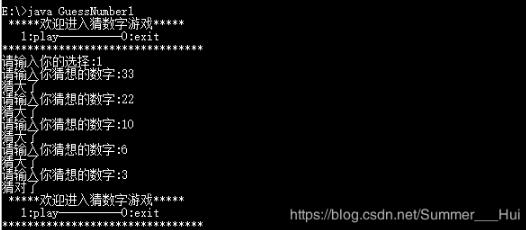Android studio listview實現列表數據顯示 數據循環顯示效果
Android studio listview實現列表數據顯示

樣式不好看!想要好看的樣式可以私我,我加!item.xml
<?xml version='1.0' encoding='utf-8'?><!--item --><LinearLayout xmlns:android='http://schemas.android.com/apk/res/android' android:orientation='horizontal' android:layout_width='fill_parent' android:layout_height='fill_parent'> <!--姓名 --> <TextView android:layout_width='130dp' android:layout_height='wrap_content' android: /> <!-- 性別--> <TextView android:layout_width='150dp' android:layout_height='wrap_content' android: /></LinearLayout>
main.xml
<?xml version='1.0' encoding='utf-8'?><LinearLayout xmlns:android='http://schemas.android.com/apk/res/android' android:orientation='vertical' android:layout_width='fill_parent' android:layout_height='fill_parent' > <!-- 標題 --> <LinearLayout android:orientation='horizontal' android:layout_width='fill_parent' android:layout_height='wrap_content'> <TextView android:layout_width='130dp' android:layout_height='wrap_content' android:text='姓名' /> <TextView android:layout_width='150dp' android:layout_height='wrap_content' android:text='姓名' /> </LinearLayout> <!-- ListView控件 --><ListView android:layout_width='fill_parent' android:layout_height='fill_parent' android: /></LinearLayout>
MainActivity .java
public class MainActivity extends Activity {List<String> list;List<String> list1; @Override public void onCreate(Bundle savedInstanceState) { super.onCreate(savedInstanceState); setContentView(R.layout.main); ListView listView = (ListView) this.findViewById(R.id.listView);//獲取到集合數據 //名字列表,之后可以動態加入數據即可,這里只是數據例子 list = new ArrayList<>(); list.add('小明'); list.add('李華'); list.add('張三');list1 = new ArrayList<>(); list1.add('男'); list1.add('男'); list1.add('女');List<HashMap<String, Object>> data = new ArrayList<HashMap<String,Object>>(); for(int i = 0; i < list .size(); i++){ HashMap<String, Object> item = new HashMap<String, Object>(); item.put('name', list.get(i)); item.put('sex', list1.get(i)); data.add(item); } //創建SimpleAdapter適配器將數據綁定到item顯示控件上 SimpleAdapter adapter = new SimpleAdapter(MainActivity.this, data, R.layout.item, new String[]{'name', 'sex'}, new int[]{R.id.name, R.id.sex}); //實現列表的顯示 listView.setAdapter(adapter); }}
總結
到此這篇關于Android studio listview實現列表數據顯示 數據循環顯示效果的文章就介紹到這了,更多相關Android studio listview數據顯示 內容請搜索好吧啦網以前的文章或繼續瀏覽下面的相關文章希望大家以后多多支持好吧啦網!
相關文章:

 網公網安備
網公網安備